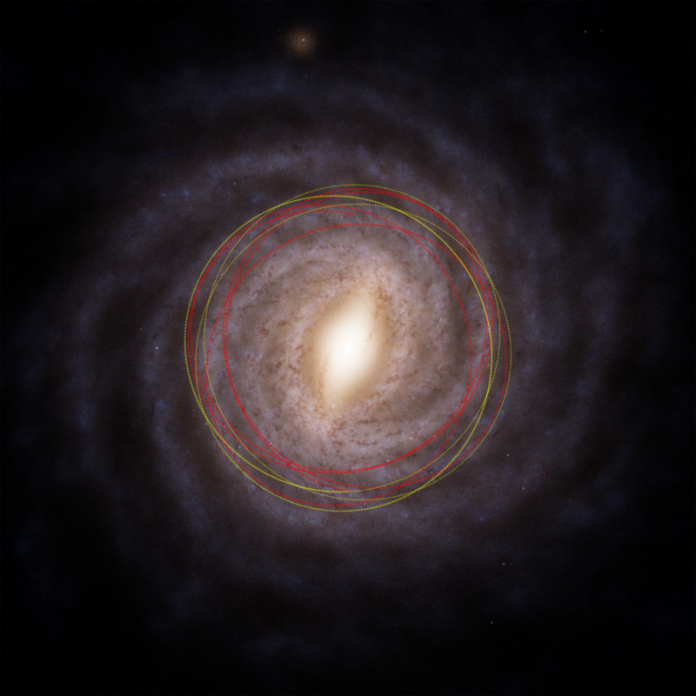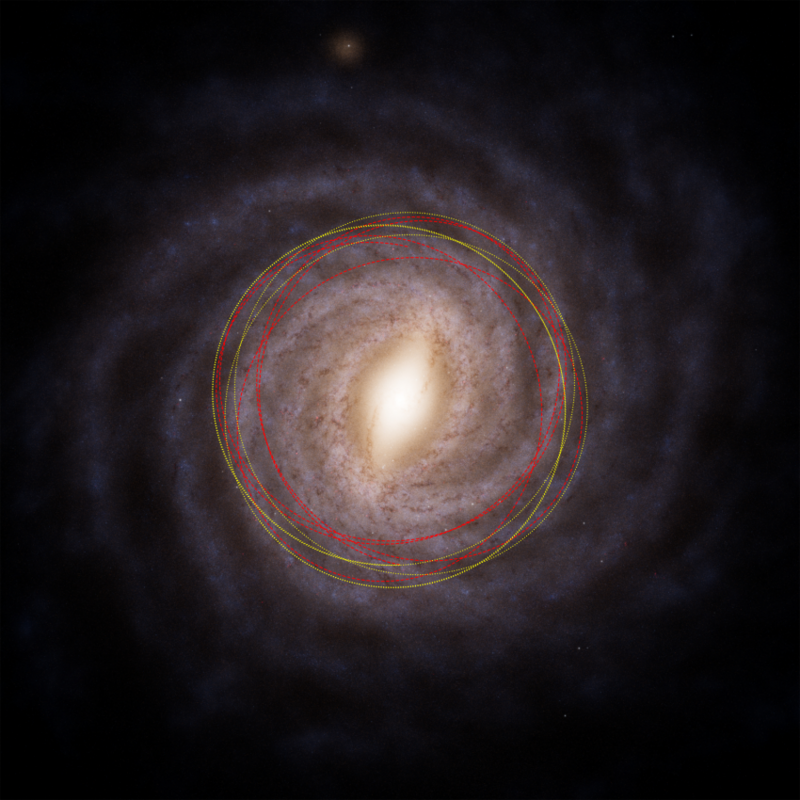
“Absence of evidence is not evidence of absence,” Carl Sagan once declared. That phrase is sounding loud and clear in scientific communities this year, as a recently discovered interstellar object 3I/ATLAS cuts across the solar system, stirring both excitement and controversy.
First detected on July 1, 2025, by a Chile-based NASA-funded telescope, 3I/ATLAS is the third known object to appear from outside our solar system. Its strange nature has led some scientists, such as Harvard astrophysicist Avi Loeb, to speculate that it could be more than a comet even extraterrestrial technology. While most astronomers are hesitant, the object’s speed, direction, and physical characteristics are unlike anything normally tracked.
Following is a closer examination of the most intriguing scientific evidence, theories, and implications about this rare visitor from its remarkable space journey to the international policy issues it presents.
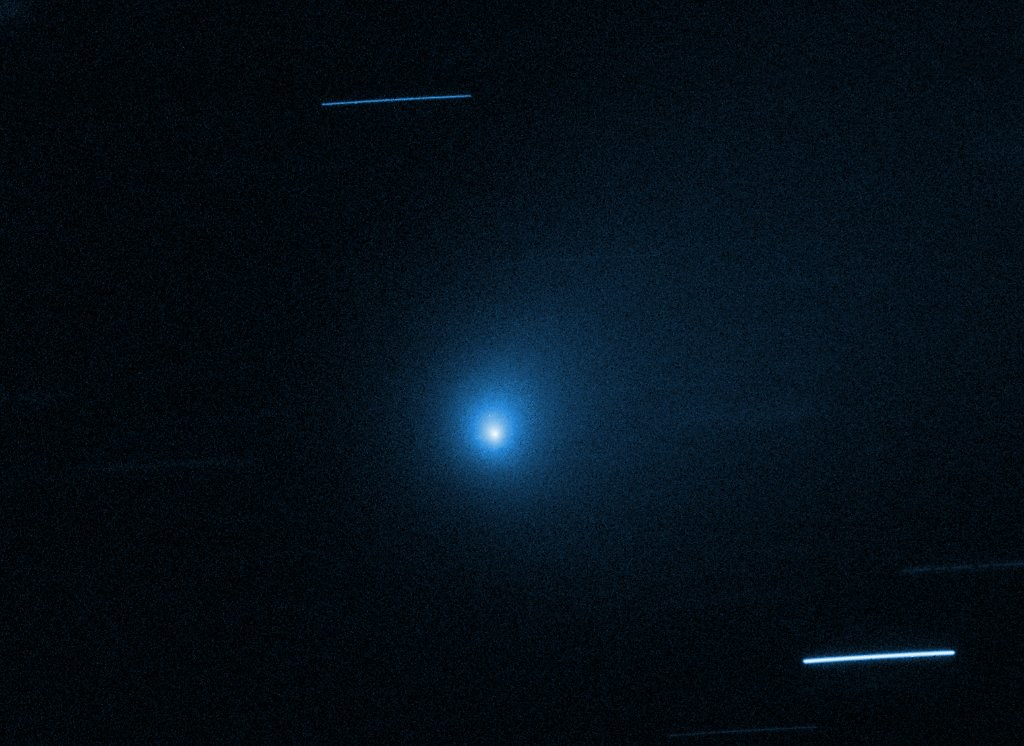
1. A Rare Interstellar Arrival
3I/ATLAS is moving at close to 37 miles per second some 60 kilometers per second much too quick to be gravitationally bound to the Sun. NASA orbital calculations verify it came from outside of the solar system, probably traveling for millions of years before its accidental meeting with our local solar neighborhood. Its hyperbolic path indicates it won’t be back.
This is only the third ever recorded interstellar object following ‘Oumuamua in 2017 and 2I/Borisov in 2019. Each presents scientists with a brief window of time to analyze the material that goes into making another star system, an opportunity that could be decades away from repetition.
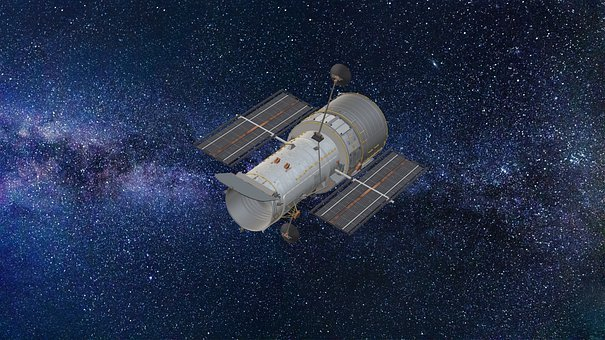
2. Atypical Physical Characteristics
Early estimates put 3I/ATLAS’s diameter at around 20 kilometers, but improved Hubble Space Telescope data indicate that it could be as tiny as 5.6 kilometers or even only 320 meters. Even at its smaller size estimate, it was still one of the quickest and brightest interstellar objects that have ever been seen.
Spectroscopic observations detect rich water ice, organic-rich dust comparable to that of D-type asteroids, and a dust plume on its illuminated side. But, in contrast to typical comets, it does not seem to have a glow from its leading edge but rather a tail, an aspect that has spawned speculation regarding non-natural origins.
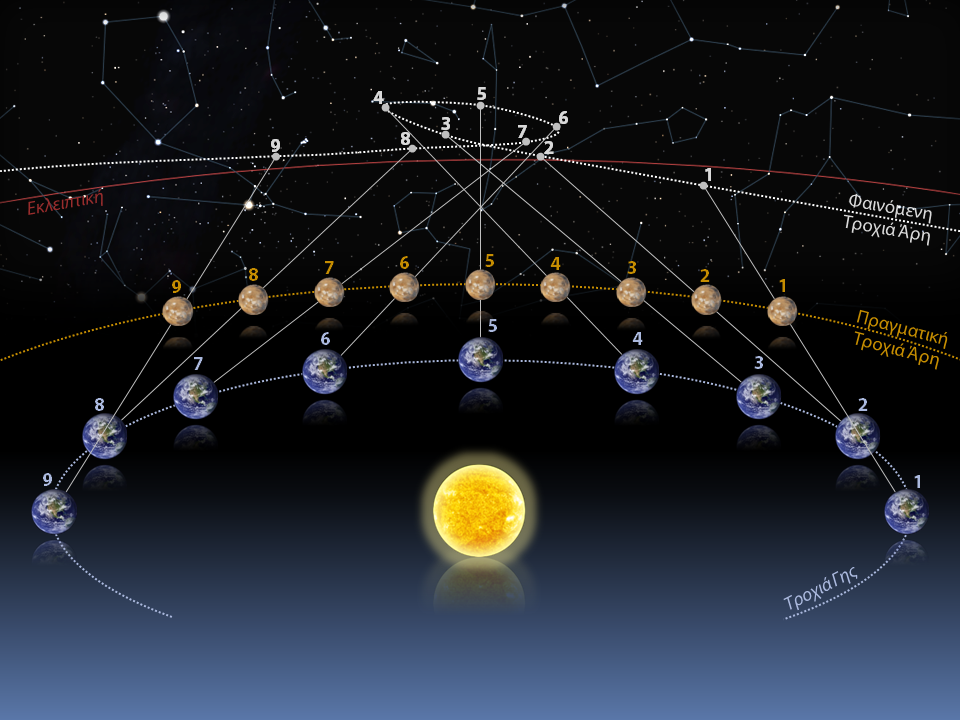
3. A Path Full of Coincidences
The retrograde orbit of the object falls within only 5 degrees of Earth’s ecliptic plane an accident with a probability of only 0.2%. Even more unlikely, its timing is such that it allows for very close approaches to Venus, Mars, and Jupiter, having a combined probability of only 0.005%.
Some scientists point out that such a trajectory would theoretically enable a craft to send probes to these planets. While most regard this as a cosmological anomaly, the accuracy of the alignment remains fascinating.

4. The Alien Technology Hypothesis
Avi Loeb and colleagues have proposed that 3I/ATLAS’s glow toward the front might be a “buffer zone” of large particles protection for a spacecraft moving through asteroid belts without betraying itself through radar. In this scenario, the particles would detect and fend off dangerous rocks in front of its path.
On his own “scale” from 0 (natural) to 10 (artificial), Loeb now rates 3I/ATLAS a 4, recognising that additional data might change that evaluation radically. Critics like Oxford astronomer Chris Lintott have rebuffed the artificial hypothesis as “nonsense on stilts,” calling for concentration on natural explanations.

5. Natural Explanations and Their Challenges
The preferred natural explanation is that 3I/ATLAS is a dust-grain-rich interstellar comet emitting primarily large particles from its illuminated side. But the lack of a normal tail of small dust and gas makes this picture problematic. The reddish spectrum of the object may be accounted for by a surface like ‘Oumuamua’s, but the statistical unlikelihood of so large an interstellar boulder only once in 10,000 years makes this scenario difficult to accept.
These contradictions keep the controversy burning, with astronomers waiting for more observations once it comes back out behind the Sun in December.
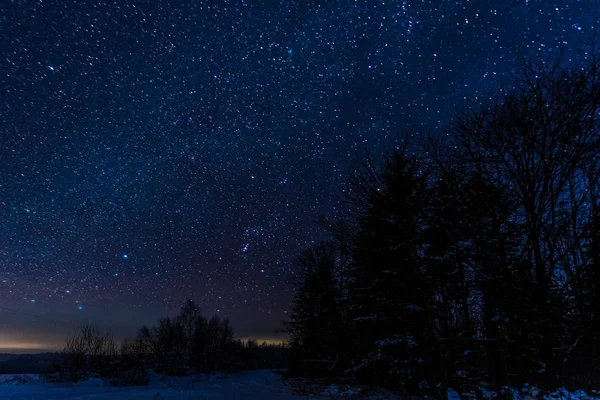
6. The Dark Forest View
Loeb’s group has also investigated the “dark forest” hypothesis, as coined by science fiction author Cixin Liu, where the galaxy is a threatening environment in which civilizations are silent in order to escape detection. Thus, 3I/ATLAS’s path including its perihelion on the side of the Sun opposite Earth might be seen as a deliberate approach to remain unobserved during key maneuvers.
Though speculative, the hypothesis alludes to the larger issue of whether reconnaissance missions by extraterrestrial civilizations could replicate natural cometary trajectories to hide their signatures.
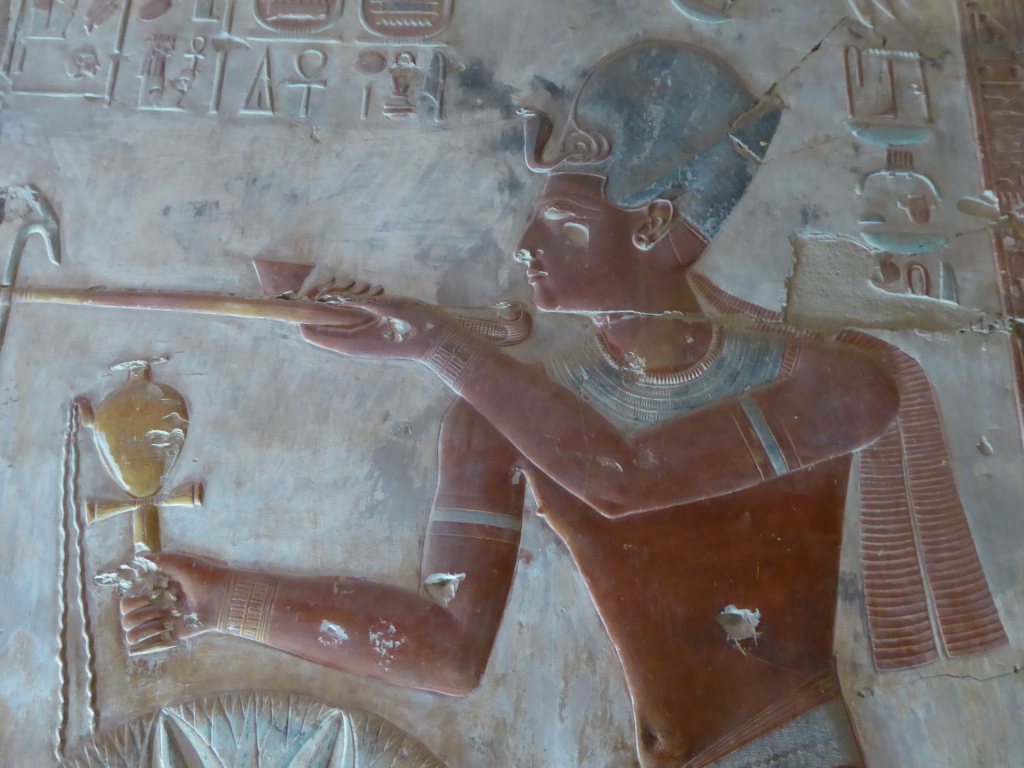
7. Anticipating the Unexpected
Aside from the object itself, the find has reopened debates on worldwide readiness for extraterrestrial contact. The SETI Post Detection Hub at the University of St Andrews has set out guidelines for technological preparedness, global coordination, and ethical practice.

Their suggestions are to build detection techniques into unknown communication patterns, investigating societal reaction to first contact, and establishing policy procedures similar to those for asteroid threat. As the report observes, “Ignoring the technological option is not a sign of intelligence.”
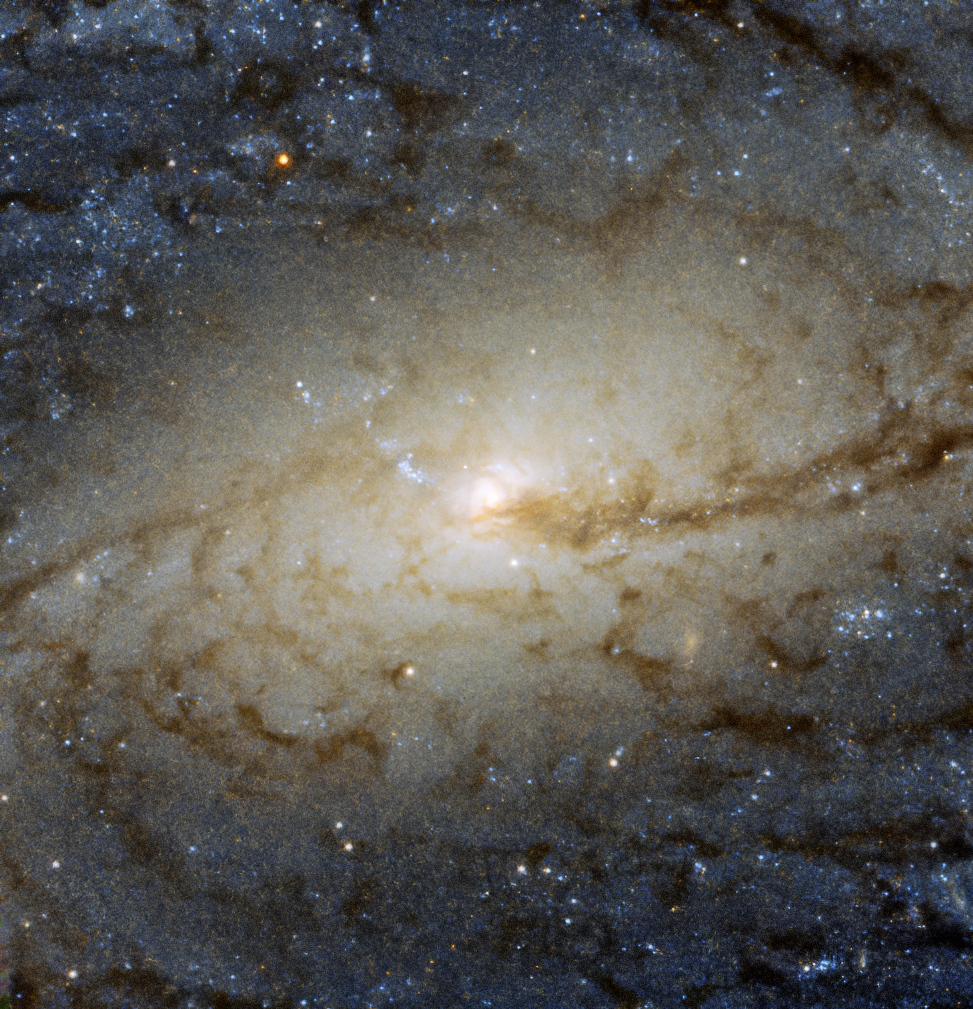
Whether 3I/ATLAS proves to be an ordinary comet with extraordinary coincidences or something far more unusual, its passage is a reminder of how little we know about the galaxy’s traffic. For scientists, it is a rare data point; for policymakers, a prompt to consider scenarios once relegated to science fiction. In either case, the lesson is the same: readiness, grounded in evidence, is the wisest course when the unknown comes calling.
